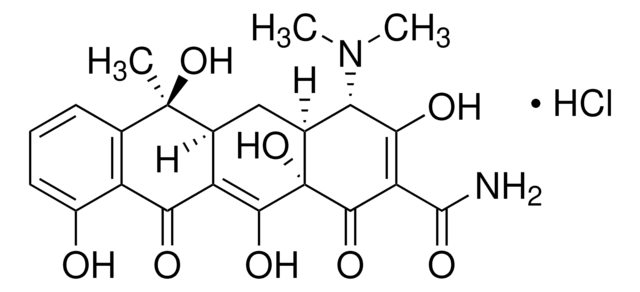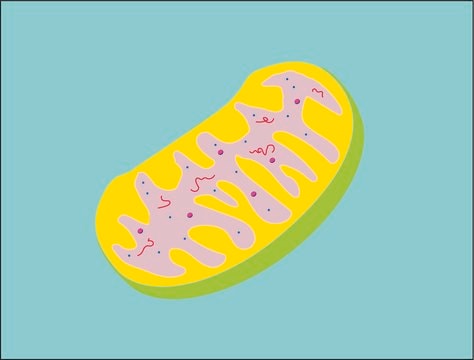539790
ProteoExtract® Subcellular Proteome Extraction Kit
Sinónimos:
S-PEK Kit
About This Item
Productos recomendados
usage
sufficient for 20 extractions
manufacturer/tradename
Calbiochem®
storage condition
OK to freeze
avoid repeated freeze/thaw cycles
technique(s)
fractionation: suitable
input
sample type: mammalian tissue(s)
sample type: mammalian cultured cells
shipped in
ambient
storage temp.
2-8°C
General description
ProteoExtract® Subcellular Proteome Extraction Kit (S-PEK) is designed for fast and reproducible extraction of subcellular proteomes from adherent and suspension-grown mammalian cells. The S-PEK takes advantage of the different solubilities of certain subcellular compartments in the four selected reagents. In the case of adherent cells, the procedure is performed directly in the tissue culture dish without the need for cell removal. Cells or the parts of the cells remain attached to the plate during sequential extraction of subcellular compartments, until the appropriate extraction reagent is used. Thus, the early destruction of the cellular structure by enzymatic or mechanical detachment of cells from the tissue culture plate and any mixing of different subcellular compartments is prevented. For suspension-grown cells, extraction starts with gentle sedimentation and washing of the cells. The stepwise extraction delivers four distinct protein fractions from one sample:
- Cytosolic fraction (F1)
- Membrane/organelle protein fraction (F2)
- Nucleic protein fraction (F3)
- Cytoskeletal fraction (F4)
Sample size: 3-5x106 or 25-50 mg tissue.
Features and Benefits
- Stepwise extraction resulting in four distinct subcellular proteomes from one sample
- Highly reproducible
- No ultracentrifugation steps
- Fast—needs just 2 hours with 45 minutes hands-on time
- Produces proteins suitable for functional studies
Components
Warning
Principle
Preparation Note
The volume of each component required for one subcellular extraction depends on the amount of starting material.
- Adherent tissue culture cells
- Suspension-grown tissue culture cells
- Frozen cell pellets
- Fragmented tissue
Storage and Stability
Other Notes
Yuan, X., et al. 2002. Electrophoresis23, 1185.
Butcher, et al. 2001. J. Immunol.167, 2193.
Ott, et al. 2001. Pharmacogenomics J.1, 142.
Allen, L. 2000. Nature405, 819.
Dunn, M. J. 2000. Electrophoresis 6.
Rabilloud, T. 2000. Two-dimensional Gel Electrophoresis and Identification Methods Springer-Verlag
Mejdoubi, et al. 1999. Biochem. Biophys. Res. Comm.254, 93.
Reymond, et al. 1997. Electrophoresis18, 2842.
Laemmli, U. K. 1970. Nature227, 680.
Lowry, et al. 1951. J. Biol. Chem.193, 265.
http://www.expasy.ch/ and http://www.expasy.proteome.org.au
Legal Information
Hazard Classifications
Aquatic Chronic 3 - Eye Irrit. 2 - Skin Irrit. 2
wgk_germany
WGK 3
Certificados de análisis (COA)
Busque Certificados de análisis (COA) introduciendo el número de lote del producto. Los números de lote se encuentran en la etiqueta del producto después de las palabras «Lot» o «Batch»
¿Ya tiene este producto?
Encuentre la documentación para los productos que ha comprado recientemente en la Biblioteca de documentos.
Los clientes también vieron
Nuestro equipo de científicos tiene experiencia en todas las áreas de investigación: Ciencias de la vida, Ciencia de los materiales, Síntesis química, Cromatografía, Analítica y muchas otras.
Póngase en contacto con el Servicio técnico














